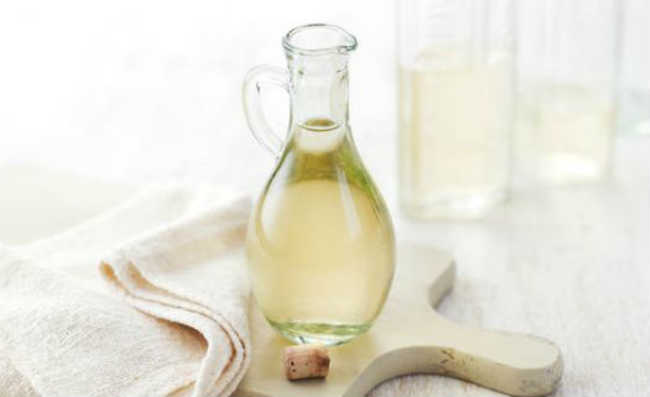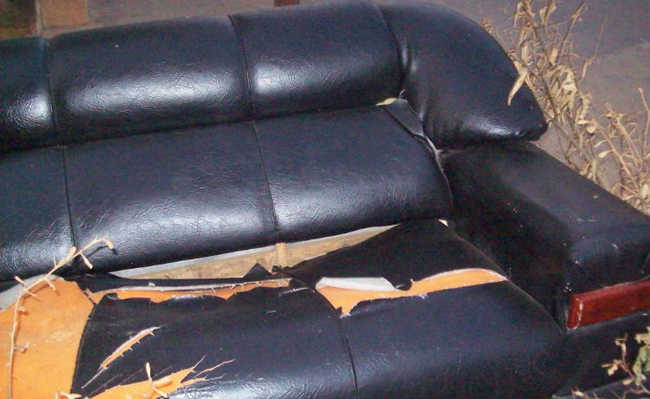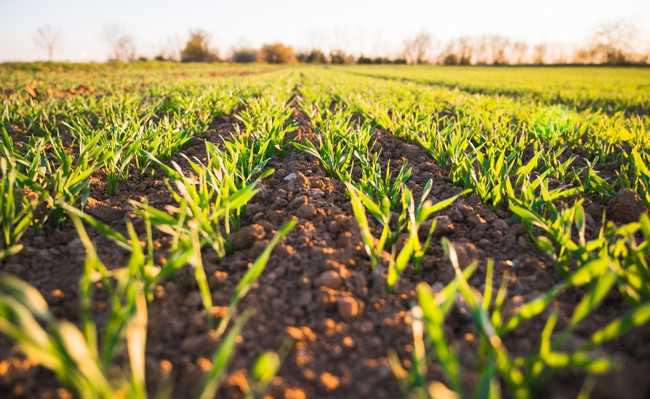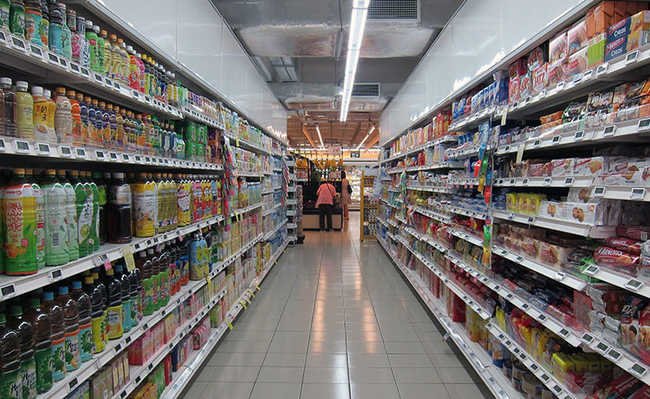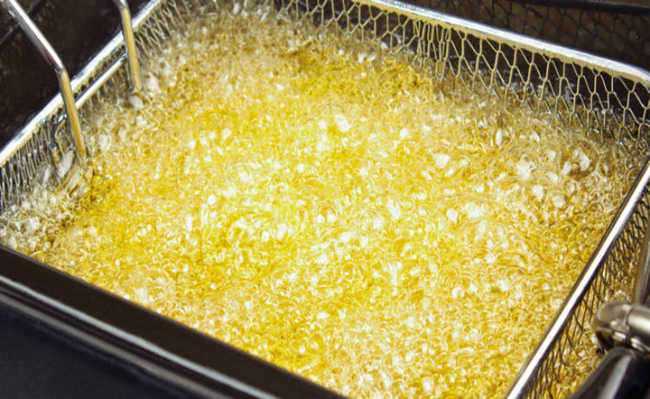Surfboard has many environmental impacts
The first surfboard models were made with woods native to the Pacific Islands.

If you practice or admire surfing, you must have already wondered what the boards used in this sport are made of, which is also a very popular form of leisure on beaches all over the world.
The first surfboards made by Hawaiians were made with wood from trees typical of islands in the Pacific Ocean, such as ula, koa and wili wili. However, new, lighter and more resistant materials have been developed over the years.
Modern boards: composition
Currently, boards are basically composed of three materials: foam (made of polyurethane or polystyrene), fiberglass and resin.
Polyurethane (PU) is a type of rigid foam that forms the core of the surfboard, that is, its main filling. Certain types of surfboards may have a central spar in their constitution, which is nothing more than a vertical piece of wood, fitted in the middle of the board to ensure greater strength and longitudinal rigidity, in addition to facilitating the shaping of the shape of the surfboard. surfing.
The surfboard is also made of reinforcing materials. The most used are the glass fibers together with the liquid resin to form the laminate of the board. These materials serve to give greater strength and to control the stiffness of the surfboard.
According to Tobias Schultz's article for the website Sustainable Surf Coalition, made in 2011, there are two types of surfboards that are more widely manufactured: the model made with a polyurethane core and an unsaturated polyester resin, together with the MEKP (which represents 85% of the surfboards manufactured today), and the board made with an expanded polystyrene foam core and Epoxy resin.

The environmental impact of the surfboard
During your surfboard manufacturing process, several impacts occur. Since 1958, most boards (85%) have been manufactured with PU foam. This material is considered inert and free from toxic components. However, the manufacturing process is highly carbon-rich, which releases large amounts of carbon dioxide (CO2) into the atmosphere, as well as other gases that contribute to the greenhouse effect, according to the Tobias Schultz article. The author also states that the release of greenhouse gases occurs during all stages of the PU manufacturing process and that, in the past, the process used CFCs (which has not occurred since the 1990s).
Fiberglass comes from sand, so it wouldn't have many environmental problems. It so happens that the material is often treated with heavy metals, such as chromium, and becomes toxic to humans. To produce the board's laminate (a kind of “skin”), the fiberglass is mixed with a polyester resin, used together with a very corrosive solvent (styrene). This solvent is carcinogenic and classified as a volatile organic compound (VOC).
According to Schultz, when a VOC is used to treat resin, its vapors are released and its components are incorporated into the treated resin. Therefore, the final product contains VOCs that will continue to be eliminated during the decomposition process of this treated resin.
VOCs irritate the nose, skin, eyes, throat, lungs and can damage the central nervous system when inhaled in large amounts. In the environment, VOCs bind with nitrogen oxides in the air to form tropospheric ozone, which is one of the main components of Photochemical Smog, or the famous air pollution.
Excess resin and dirt from the surfboard is removed with acetone, which also emits VOCs. All this without counting other harmful products, such as paints, thinners and catalysts, such as methyl ethyl ketone peroxide (or MEKP), used in the production of boards.
All of this shows how harmful is the manufacture of polyurethane boards. But even boards made with expanded polystyrene foam and Epoxy resin eliminate VOCs, albeit in a much smaller amount. Studies show that Epoxy resin has 75% less VOCs in its constitution and eliminates about 2/3 less VOCs in the atmosphere, compared to polyester resin.
Single board uses a lot of material
In addition to all this, the production process of a single surfboard wastes from 50% to 70% of raw material, that is, to produce a board with a final weight equal to 3.1 kg, an average of 10 ,8 kg of different materials. Most of these wastes are toxic, flammable or have an indefinite period of decomposition. Therefore, when discarded unconsciously, they become agents of threat to the environment and public health.
What to do?
To learn about alternatives to surf in a more ecological way, take a look at the article: "Biofoam, aluminum cans, skateboard scraps: find out about sustainable board options".




